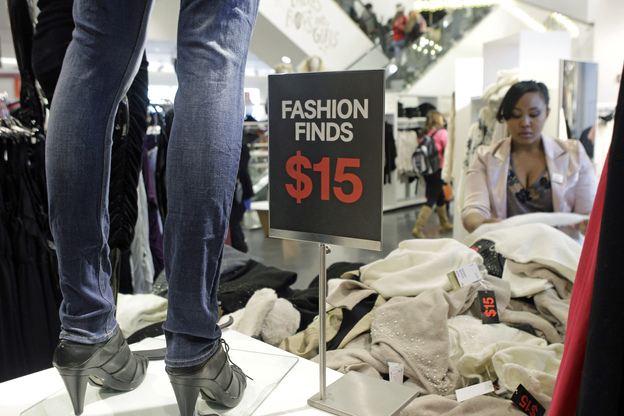Fashion Studies
Parsons School of Design's MA Fashion Studies
BIAS Issue Six: Fashion and Time

BIAS 6: Fashion + Time
Fashion’s premise is being ahead of time; fashion weeks dictate what we will wear in six months. Fashion is synchronous with modernity; we yearn to be fashion forward. In recent years, however, the linear relationship between fashion and time has become more circuitous and contested. As Aurelie Van de Peer propounded on the politics of time in fashion, “[F]ashion is forced to produce continuously its own boundaries in the flow of time in relation to and dependent on what it does not wish to become: its own history,” (2015).
Further, in her “Anti-Fashion” Manifesto, Lidewij Edelkoort (2015) described how designers are regurgitating past creations rather than producing an innovative style ethos as did Cristobal Balenciaga and Yves Saint Laurent. Moreover, according to Edelkoort, the fashion world is still systematically “working in a 20th-century mode, celebrating the individual, elevating the it-people, developing the exception… in a society hungry for consensus and altruism… This places fashion out of society and de facto makes it old-fashioned (emphasis added).” In Andrew Morgan’s documentary film, “The True Cost,” journalist Lucy Siegle underscores the acceleration of fashion production, “instead of two seasons a year, we practically have fifty-two seasons… we have something new coming in every week…” (2015).
News of the rapid turnover of creative directors from one design house to another has taken more precedence in the industry’s headlines than runway collections. The pressure for labels to reap immediate profits outpaces budding designers’ ability to enter the market and established designers’ ability to take root and grow.
Issue Six of BIAS will focus on the theme of fashion and time. We invite contributors to scrutinize this theme through original written or visual pieces (eg. illustrations, photographs, paintings etc).
The following list of thematic topics is only a starting point. We welcome contributions on and beyond these topics:
- How time and technology has had an impact on fashion (and society).
- What it is that makes a garment “timeless.”
- How a particular country’s fashion or cultural practice had evolved over time.
- The guise of time within fashion.
- Arguing both the pros and cons of slow fashion and fast fashion.
Specifications on the kinds of contributions accepted:
- Maximum of 1000 words for written pieces; Text must be in 11 point Arial font typewritten on double-spaced pages
- Maximum of 10 images for photography or other visual media
Please submit your works along with a 150 word bio via email to the Editors’ attention at biasjournal@newschool.edu by March 30, 2018.



